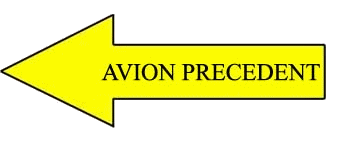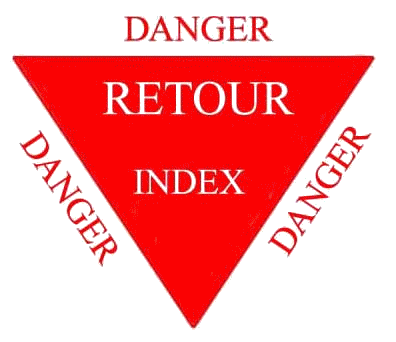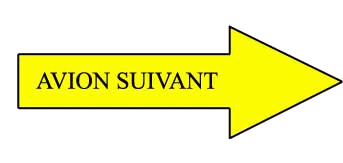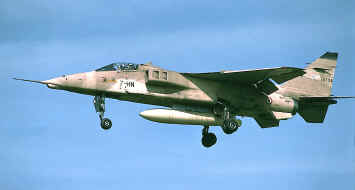







| Constructeur / Manufacturer: | SEPECAT (Breguet/BAC) |
| Pays / Country: | France / Grande-Bretagne |
| Type : | Jaguar E |
| Fonction / Assignment: | Transformation opérationnelle / operationnal transformation |
| Année / Year: | 1968 |
| Moteur / Engine: | 2 Rolls-Royce Turboméca Adour de 3 240 kg avec PC |
| Vitesse / Speed: | Mach 1.6 |
| Rayon d'action / Range: | 800 km |
| Masse totale / Total weight: | 15,7 t |
| Envergure / Wingspan : | 8,69 m |
| longueur / Lenght: | 15,60 m |
| Surface alaire / Wing area : | 24,1 m2 |
| Armement / Weapons : | 2 canons DEFA 553 de 30 mm 4 500 kg de charges |



Musée Européen de l'aviation de chasse de Montélimar, route de l'Aérodrome 26200 Montélimar